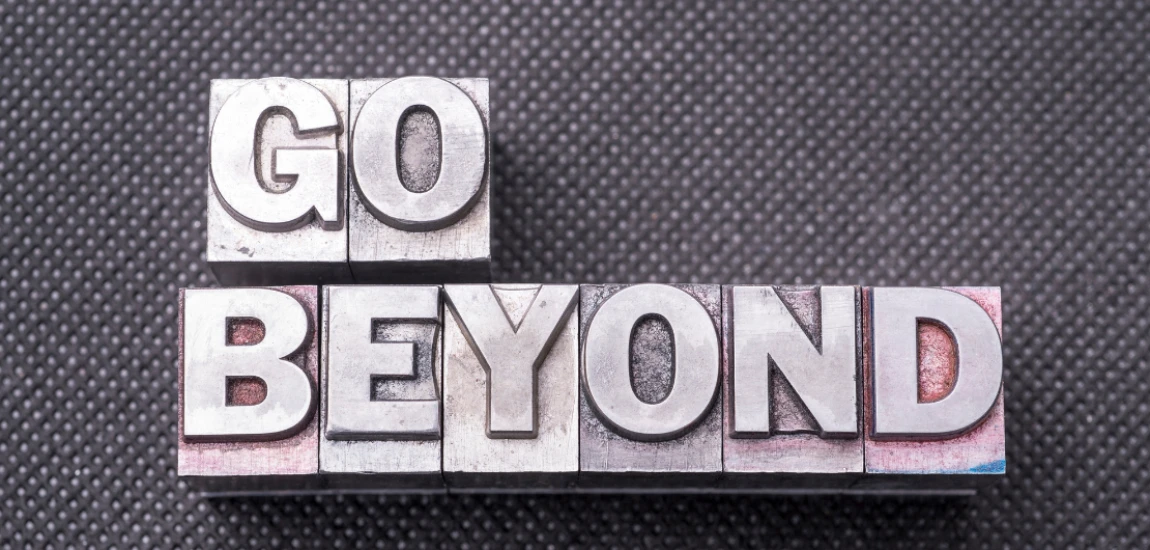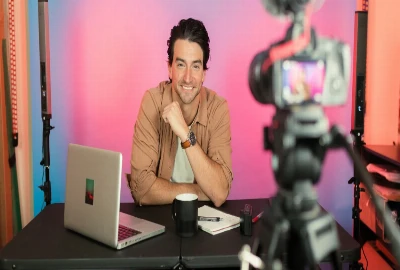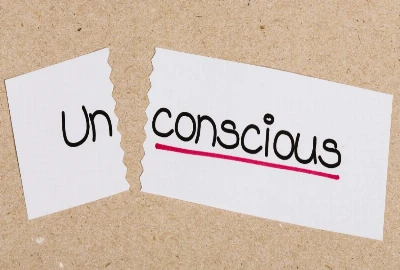Beyond Boredom: The Rise of Anti-Content in a Noisy Internet

We live in an age where every second of silence online is filled with another post, video, or “hot take.” Content is constant—scrolling has become both habit and reflex. But as the volume of the internet rises, so does a collective fatigue. Users are no longer just bored; they’re overstimulated, drained by an endless stream of recycled trends, influencer loops, and algorithmically optimized sameness. In response, a new digital rebellion has emerged—the rise of anti-content.
Anti-content is the opposite of what today’s internet rewards. It’s not about virality or visibility; it’s about resistance. It challenges the assumption that every thought needs to be posted, every day needs to be documented, and every creator must produce nonstop. It’s quiet, slow, and sometimes purposefully mundane—but that’s exactly the point.
The rise of anti-content reflects a deep cultural shift. As attention spans shrink and burnout grows, people are no longer chasing more—they’re chasing meaning. From creators who post static photos of blank walls to YouTube channels dedicated to doing nothing, this movement speaks to a collective desire to unplug from the performance of online life.
In a world driven by engagement metrics, anti-content offers something radical: disengagement.
Defining Anti-Content: What It Is—and What It Isn’t

A Subtle Rebellion
Anti-content doesn’t mean “no content.” Instead, it’s a subtle rebellion against the expectation that every piece of media must entertain, inform, or sell. It values intention over attention, presence over performance. Think of it as the digital equivalent of minimalism—a clean space in a cluttered feed.
Not Just “Boring”
While anti-content often appears simple or “boring,” it’s far from meaningless. A photo of an empty room, a 30-minute video of someone sitting in silence, or a text post saying “nothing today” can be powerful statements against digital overconsumption. They invite the viewer to slow down, reflect, and re-engage with reality.
The Art of Absence
At its core, anti-content is about absence as art. It’s not the lack of creativity but the refusal to perform. This shift mirrors larger cultural movements toward mindfulness, slow living, and digital detoxing. By not vying for clicks, likes, or shares, anti-content creators are reclaiming control over attention—and offering audiences a rare sense of calm.
The Psychology of Digital Overload

Information Fatigue Is Real
Humans weren’t built to process an infinite scroll. Studies have shown that constant digital stimulation leads to anxiety, attention fragmentation, and creative exhaustion. As the internet becomes a 24/7 feed of updates, opinions, and outrage, users experience what psychologists call cognitive overload.
From Engagement to Exhaustion
The algorithms that power our feeds are designed to maximize engagement—but not well-being. Every “recommended” video or “for you” post keeps us hooked, yet rarely satisfied. This cycle breeds a quiet form of digital exhaustion where nothing feels fresh, and even joy becomes performative.
Why Anti-Content Feels Like Relief
Anti-content thrives because it offers relief from this cycle. It slows the pace, quiets the noise, and reminds audiences that attention is finite—and precious. In a world where we’re expected to react instantly to everything, doing less becomes an act of digital self-care.
The Aesthetic of Nothing: How Anti-Content Looks and Feels

The Visual Minimalism
Anti-content often carries a distinct aesthetic: muted tones, static frames, unedited footage, and long pauses. Instead of trying to entertain, it lets silence, slowness, or simplicity speak for themselves. This visual stillness contrasts sharply with the hyper-saturated, fast-cut world of social media.
Slow Media and Long Takes
Platforms like YouTube and TikTok have given rise to slow media, where creators upload hour-long videos of simple activities—walking, cleaning, sitting in nature. There’s no background music, no dialogue, no message. Just existence. It’s not designed to go viral; it’s designed to breathe.
Imperfection as Authenticity
Another hallmark of anti-content is embracing imperfection. Raw clips, blurry photos, and unfiltered thoughts feel more human than polished productions. By rejecting the idea that content must be curated or “on brand,” creators foster genuine connection over curated consumption.
The Cultural Shift: From Performance to Presence

The End of the Influencer Era?
Anti-content challenges influencer culture at its core. For years, social media rewarded visibility and performance—every meal, outfit, and thought was optimized for engagement. Now, audiences are tuning out. The rise of “de-influencing” and “quiet posting” suggests a growing rejection of performative authenticity.
Authenticity Over Algorithms
Audiences crave authentic experiences—not algorithmic manipulation. Anti-content aligns with a broader cultural move toward slower, more intentional living. It’s no longer about documenting every moment; it’s about being in the moment.
From “Creator Economy” to “Consumer Calm”
As the creator economy matures, users are pushing back against the pressure to always produce. The anti-content movement symbolizes a rebalancing—where consumption becomes more mindful, and creation becomes more meaningful.
Brands and the Anti-Content Movement

The New Marketing Minimalism
Even brands are taking notice. Forward-thinking marketers are experimenting with anti-content campaigns—ads that say nothing, videos that last only a second, or posts that simply read, “We’re offline today.” These minimalist moves stand out precisely because they refuse to compete for attention.
Silence as Strategy
Ironically, silence can be louder than sound. A blank Instagram post or a video with no narration can provoke curiosity and engagement more effectively than a polished pitch. This approach aligns with the psychology of scarcity—when everything demands attention, absence becomes intriguing.
Building Trust Through Restraint
By not over-communicating, brands demonstrate confidence and respect for their audience’s time. Instead of shouting, they whisper—and that whisper often feels more trustworthy. In the age of overproduction, restraint becomes a rare and powerful marketing tool.
The Future of Digital Minimalism

Less Is the New More
As audiences grow increasingly disenchanted with noise, the future of content may be defined by intentionality. Anti-content isn’t about abandoning creativity; it’s about redefining it. The most meaningful creators of tomorrow may be those who know when not to post.
Platforms Will Have to Adapt
Social platforms thrive on volume, not silence. Yet as demand for calmer, more mindful spaces grows, even major players like TikTok and Instagram may need to rethink engagement metrics. We may see new algorithms that reward depth over frequency, or new apps designed for quiet creativity.
How to Participate in the Movement
For everyday users, embracing anti-content can start small:
Post less, mean more. Share when you have something to say, not just something to post.
Consume consciously. Choose what—and who—you follow with intention.
Practice digital minimalism. Set boundaries with your devices and celebrate silence.
The anti-content movement isn’t about abandoning the internet; it’s about reclaiming it.




